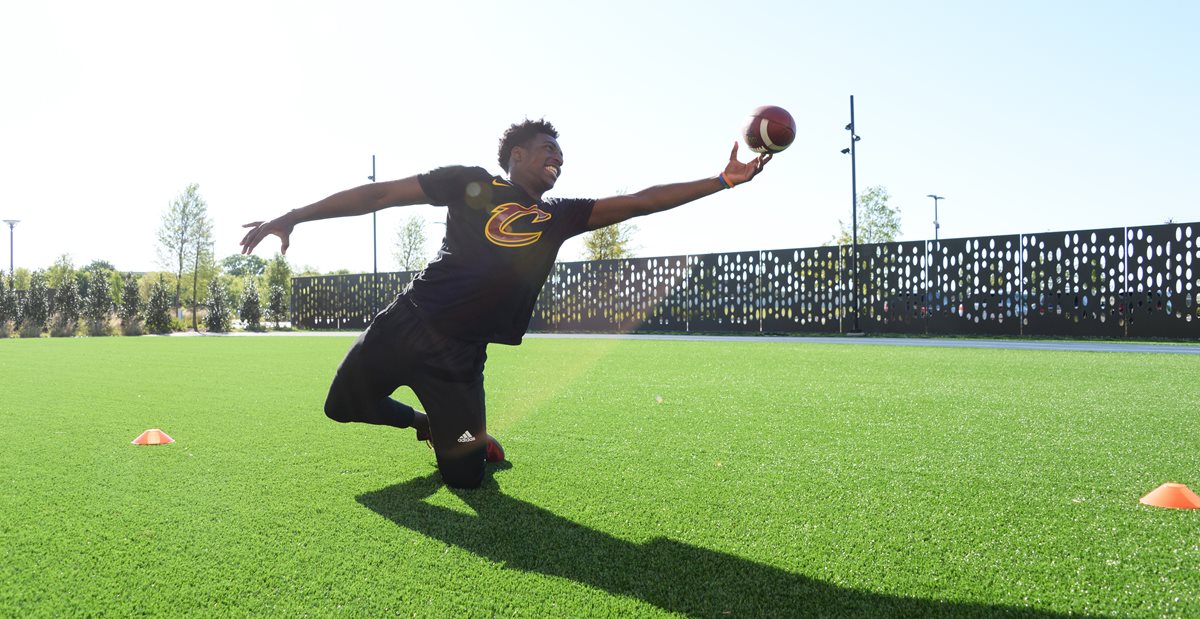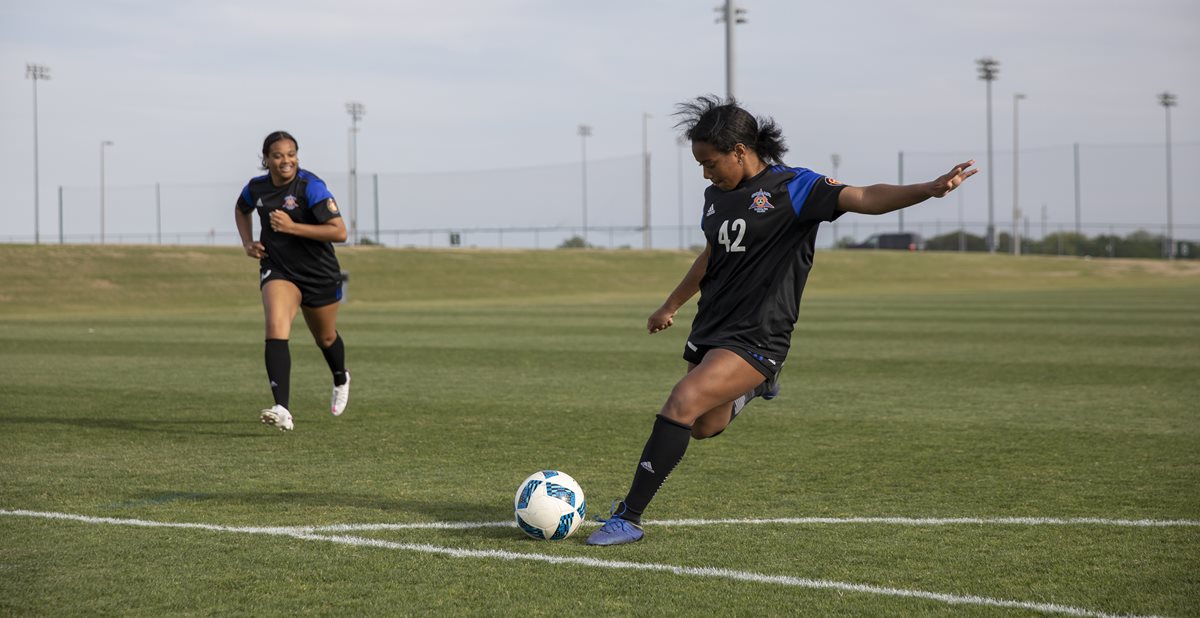Even as awareness of concussions and other problems has grown, football remains the most popular sport for adolescent boys. While participation has dropped, Texas still has the most high school football players of any state – totaling more than 170,000. That’s almost...



